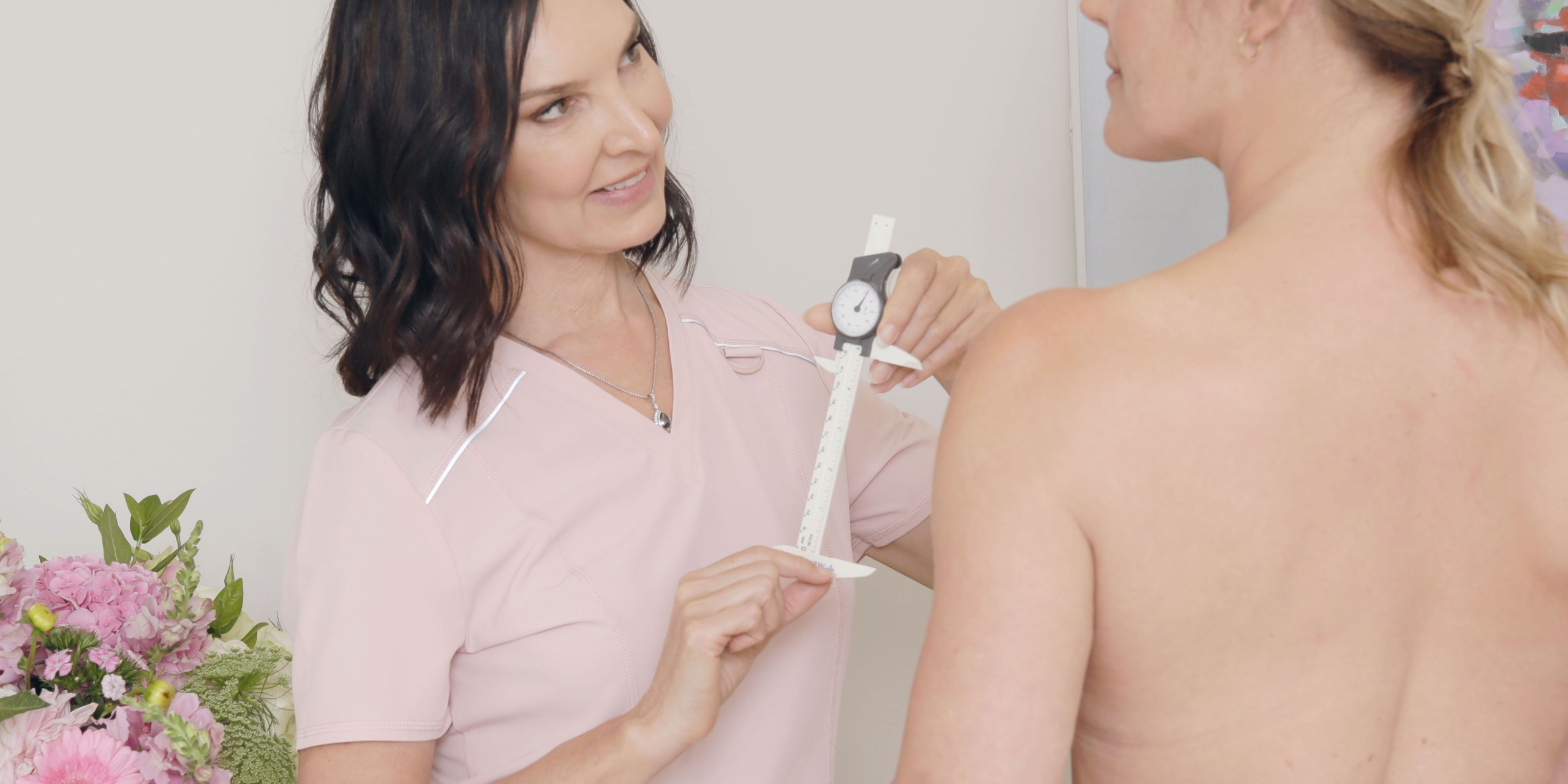
Preparation starts with a thorough consultation. The surgeon evaluates breast size, posture, and skin quality. Discussions include symptoms like back pain, shoulder grooves, and rashes. Photographs may be taken from multiple angles. Your weight history and lifestyle are reviewed. Medical conditions and medications are also discussed. Desired outcomes must align with anatomical limits. Surgeons explain scar placement, tissue removal, and nipple repositioning during this first meeting.
Insurance coverage depends on documenting medical necessity through symptoms, photos, and prior treatments
Breast reduction is often covered by insurance. However, approval requires clear documentation. Most insurers ask for proof of physical symptoms. Rashes, neck pain, and shoulder marks must be reported. Photos support claims visually. Many plans require a history of failed non-surgical treatments. This includes physical therapy, special bras, or dermatology visits. Surgeon letters outline the procedure’s necessity. Insurance pre-authorization takes weeks, so plan early.
Stop smoking several weeks before surgery to reduce the risk of healing complications
Nicotine affects circulation. It slows wound healing and increases complication risk. Surgeons require smoking cessation weeks before surgery. Even nicotine patches or vapes may interfere. Poor circulation leads to skin necrosis or scar breakdown. Honest disclosure helps plan safer care. Most clinics test for nicotine levels before surgery. Stopping early supports better results and fewer issues.
Adjust medications and supplements that might increase bleeding during or after the operation
Some medications thin the blood. These include aspirin, ibuprofen, and many herbal supplements. They increase the risk of bleeding. Surgeons provide a list of what to stop. Always review prescriptions with your medical team. Some drugs may need tapering. Never adjust medications alone. A full list helps prevent intraoperative complications.
Schedule lab tests, mammograms, and medical clearance appointments as instructed
Pre-surgery testing ensures safety. Bloodwork checks hemoglobin and clotting function. Mammograms may be required based on age. Some patients need cardiac or pulmonary clearance. These appointments take time to schedule. Surgeons coordinate with primary care doctors if needed. Skipping this step may delay the operation. Organized paperwork speeds up approval.
Prepare your home with supplies, pillows, and loose clothing to support early recovery
Recovery comfort starts at home. Pillows help maintain an upright position. Loose, front-button tops are easier to wear. Stock up on gauze, mild soap, and ice packs. Create a space with easy access to essentials. Keep chargers, water bottles, and snacks nearby. Mobility will be limited at first. Plan for comfort and minimal movement.
Arrange for help during the first few days, including meals, medications, and dressing changes
You’ll need support at home. Ask someone to assist with meals and medication reminders. You may need help getting dressed. Lifting arms will be difficult. Driving is not permitted early on. Plan rides to follow-up visits. Having help reduces stress and speeds recovery. Don’t wait until the last minute.
Fasting guidelines begin the night before surgery, with no food or drink after the cut-off
Your stomach must be empty before anesthesia. Most clinics require no food or drink after midnight. Water may be restricted too. Confirm timing with your care team. Taking medications the morning of surgery requires permission. Bring a list of allowed pills. Swallow only with a small sip if directed.
On surgery day, wear no makeup, lotion, deodorant, or jewelry to avoid contamination risks
Clean skin reduces infection risk. Skip all cosmetics and lotions on surgery day. Avoid perfumes or deodorants. Remove all jewelry, including piercings. Don’t wear contact lenses. Choose loose clothing that opens in front. Bring your ID and insurance card. Pack a small bag with essentials only.
You’ll arrive early for pre-op prep, consent review, and anesthesia discussion with the team
Arrive one to two hours before surgery. Nurses check vitals and review allergies. Consent forms are signed again. The anesthesiologist explains what to expect. IV lines are started for medication. Final photos may be taken. The surgical team answers last-minute questions. You’ll walk to the operating room once cleared.
The surgery usually lasts two to four hours depending on the complexity and volume removed
Surgical duration varies. Most breast reductions take two to four hours. Larger volumes may take longer. Combined procedures like lifts extend the time. You’ll be under general anesthesia the entire time. The surgical team monitors your vitals closely. Techniques differ based on body type and breast structure.
You’ll wake in a recovery area with dressings, drains, and a surgical bra in place
After surgery, you’ll wake slowly. Nurses monitor you closely. A surgical bra will be in place. Dressings cover incision areas. Some patients receive drains to remove fluid. These are secured with tape and tubing. Discomfort is mild but manageable. Grogginess fades within a few hours. Most go home the same day.
Post-op instructions include sleeping on your back, limiting arm motion, and avoiding lifting
Sleep upright or reclined. Side sleeping is discouraged for several weeks. Lifting your arms above shoulder level is restricted. Avoid pushing or pulling. Don’t lift heavy objects. Even pets or grocery bags count. Early movement should be gentle and limited. Your surgeon explains safe range of motion.
Drains are removed in clinic when fluid output drops to acceptable levels, usually after a week
Not everyone receives drains. If placed, they’re temporary. You’ll measure output daily. Once fluid drops, drains are removed. This is a quick, in-office visit. Removal feels like pressure, not pain. Keep the area clean and dry until healed. Drain care instructions are reviewed before discharge.
Swelling and bruising are normal and will gradually subside over several weeks
Expect swelling right away. It peaks in the first few days. Bruising may appear around the sides or under the arms. Ice packs help reduce discomfort. Elevation also helps. Swelling fades slowly. Final shape takes months to settle. Patience is key during this phase.
Follow-up visits monitor incision healing, scar development, and overall recovery progress
Your first follow-up happens within a week. The surgeon checks healing and drain status. Dressings may be changed. You’ll receive scar care instructions. Later visits assess shape, symmetry, and softness. Photos track progress. Questions are addressed at each step. These check-ins support a healthy recovery.
Scars begin fading within a few months, aided by massage, silicone, and sun protection
Scarring takes time. Color and texture improve over months. Silicone sheets help flatten scars. Scar creams may be added later. Sun exposure must be avoided. Use SPF on the chest daily. Massage may begin once cleared. This improves circulation and softens tissue. Patience improves scar appearance naturally.
Emotional reactions may vary, including relief, sadness, or adjustment to a new body image
Surgery changes body perception. Some feel immediate relief. Others need time to adjust. Mood changes are normal. Some mourn old shapes or struggle with identity. Talking helps. Support from friends, family, or counselors eases transition. Most patients report emotional clarity over time. New confidence builds gradually.
